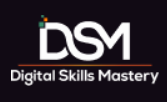1. The Minimum Viable Product (MVP): Challenges During the Build Stage
By now, you’ll have heard the term MVP used many times in the digital product industry, especially when creating the first version of a full product. In this blog post I’m going to break down when it’s most appropriate to use and why.
Let’s start with the when. There are three main scenarios:
- Conceptualising a new product idea: when you want to think about the whole product and build the MVP first
- Redesigning an old product: when you want to retire an old product slowly, transitioning customers to your new product, starting with the MVP
- Enhancing an existing product with a big feature: when a new feature is too big to be completed in a sprint (say 2 weeks), so you build the MVP first.
2. So, why an MVP?
The concept of building and releasing an MVP product has several major benefits. Firstly, it gives you the first mover advantage in the market over your competitors. Secondly, your go-to-market timeframe is reduced, so that you can serve your customers, increasing retention, and making customer acquisitions. And perhaps most importantly, you can test your idea before any further time or money is spent on building an entire product.
But there are challenges around scope too. How do you know where to draw the line and say simply, this is it? You need to consider:
- Customer persona: who to include and why
- Features: what is essential to your product
- Content: what to mention and what to ignore
I always concentrate on these three areas when working on the scope of any MVP.
- The business driver: have a clear and focussed business driver behind your MVP. This is will help you make decisions while building the product
- The customer problem: be very clear on what you are trying to solve with the MVP product. This provides you with an idea of who your customers are
- User journey(s): base your MVP scope discussions on the user journeys. This will help you build a clear and concise roadmap, deliver a good experience for your customers, and build something meaningful rather than a group of features.

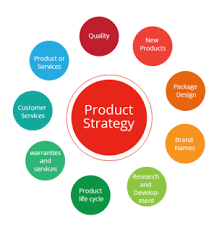

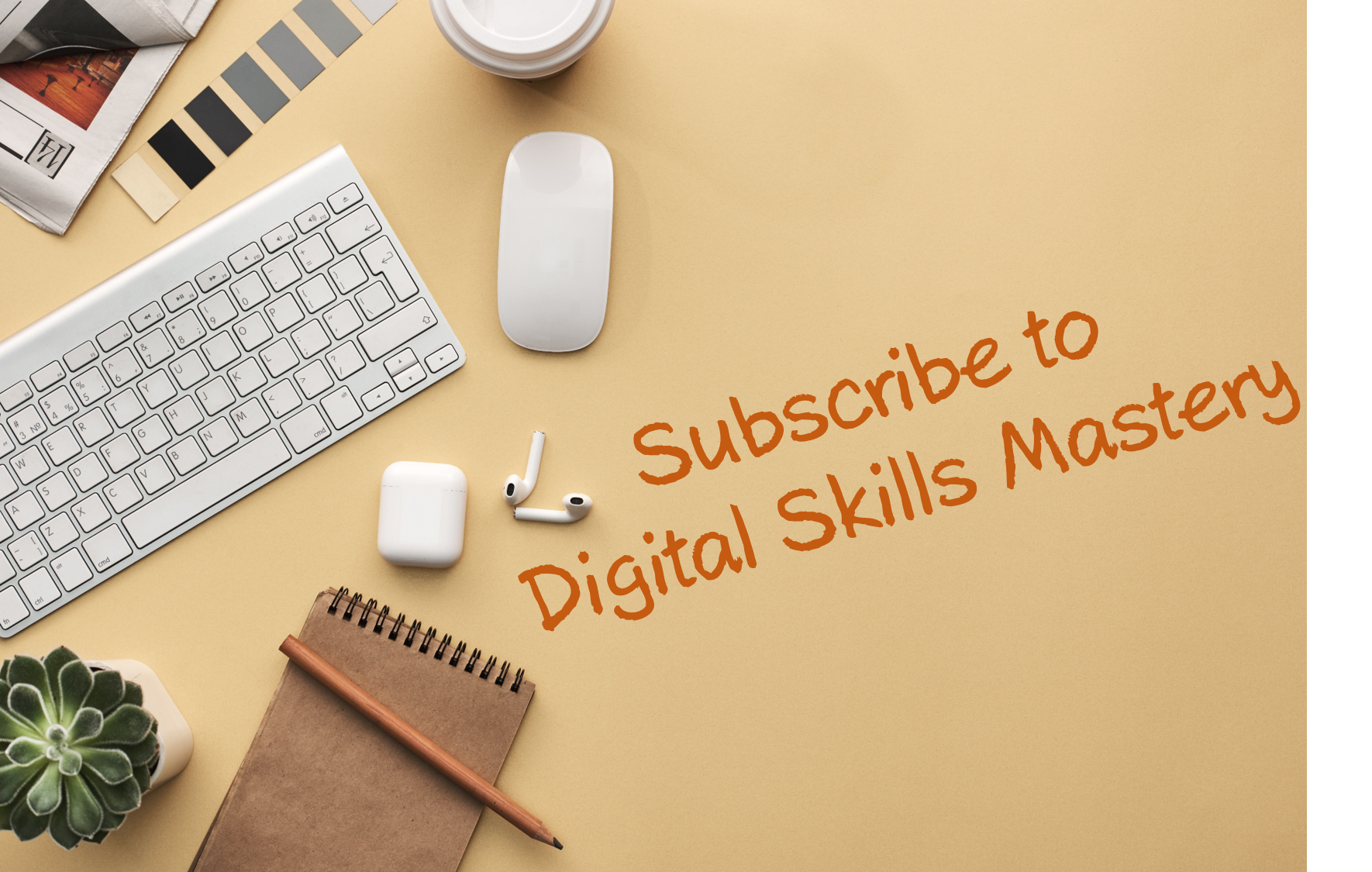
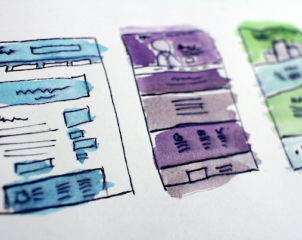


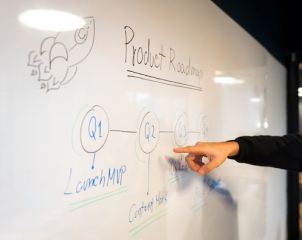

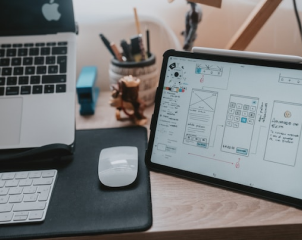
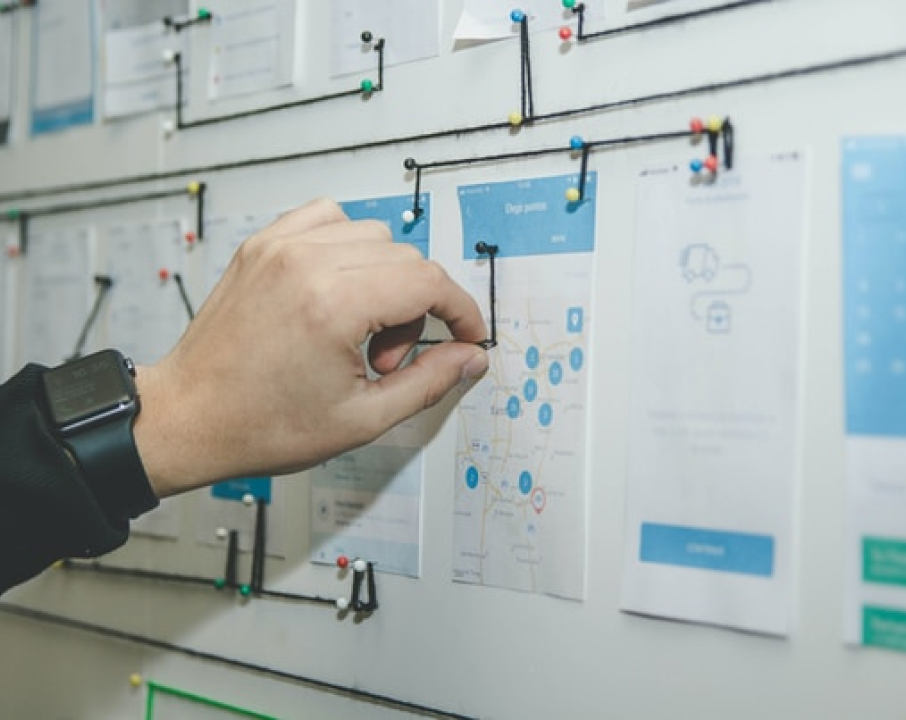

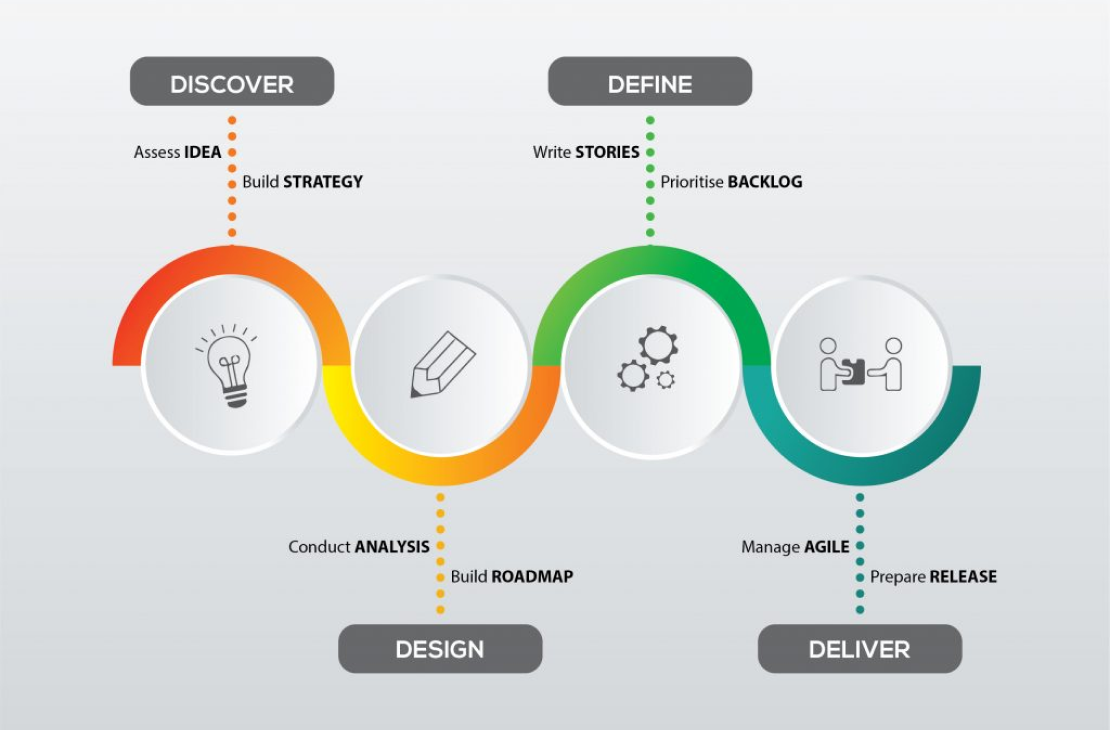
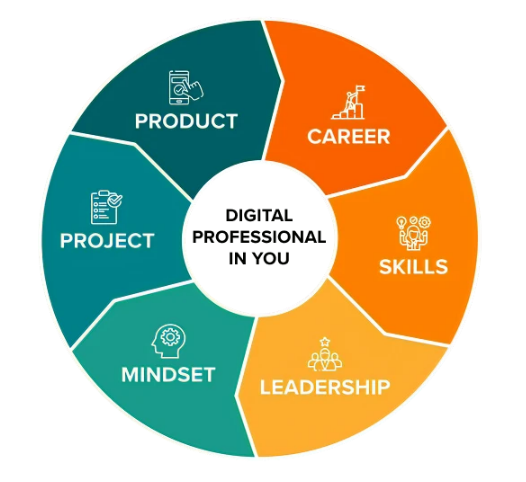
 Home
Home

